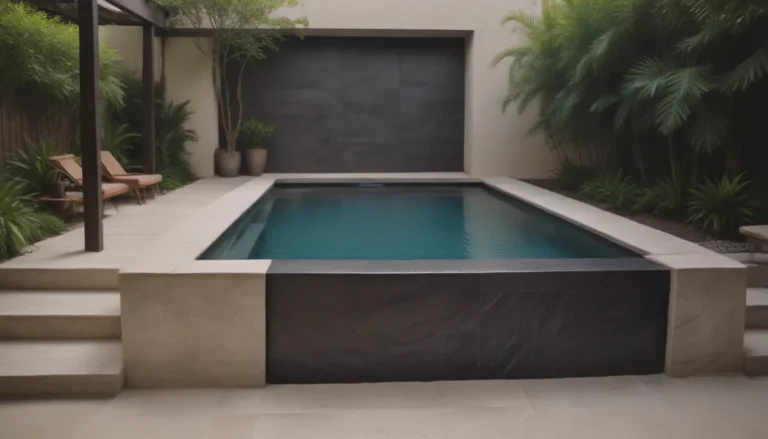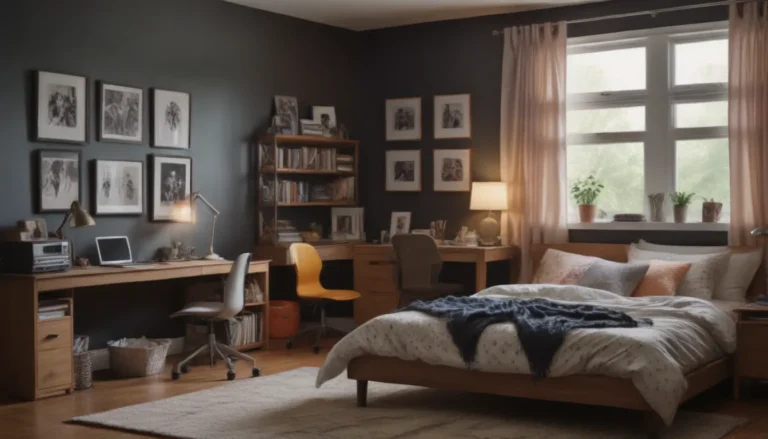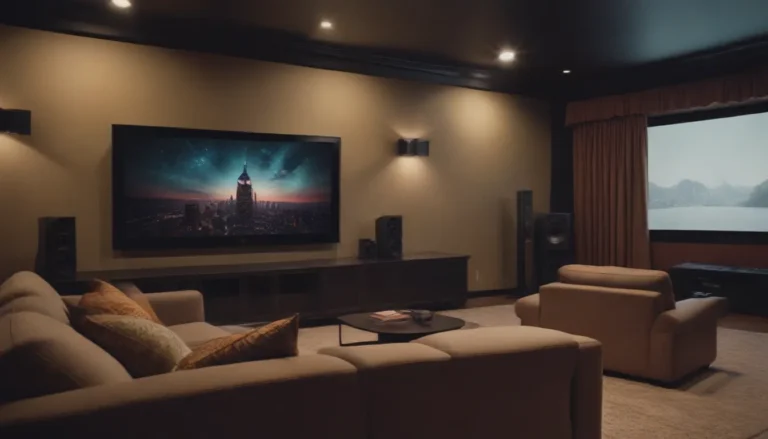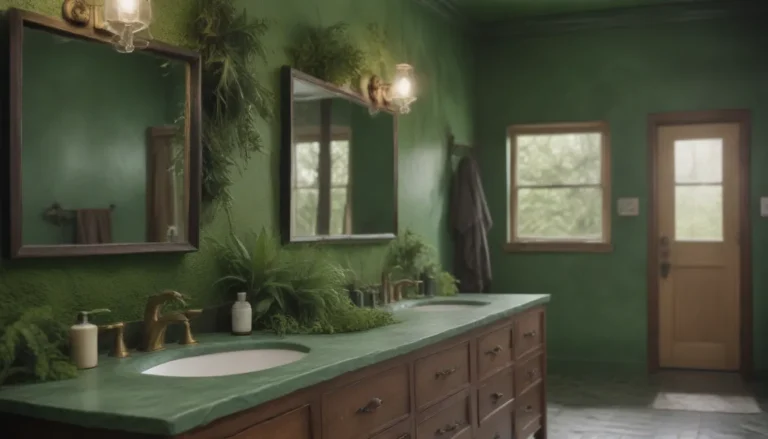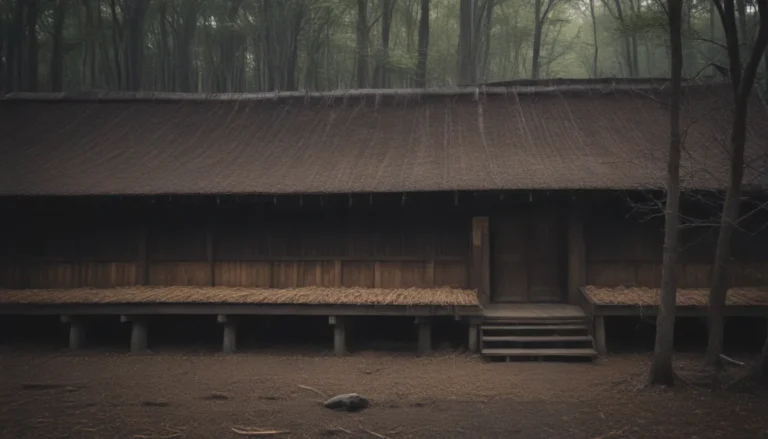Exploring the Fascinating World of Art Nouveau Architecture

Art Nouveau, a captivating late 19th and early 20th-century aesthetic movement, holds a special place in the history of design and architecture. Defined by its inspiration from the natural world, Art Nouveau encompasses a wide range of artistic expressions, including architecture, interior design, furniture, decor, glasswork, jewelry, and visual arts. Let’s delve deeper into the enchanting realm of Art Nouveau architecture, uncovering its history, key characteristics, examples, and notable locations where you can experience this unique style firsthand.
The Origins of Art Nouveau Architecture
Art Nouveau, which translates to “New Art,” emerged in Belgium and France in the 1890s before spreading across Europe and the United States until World War 1. This innovative design movement aimed to break away from traditional styles and explore new forms of visual expression. Influenced by the Arts and Crafts movement, Art Nouveau embraced quality craftsmanship while leveraging Industrial Age technologies to create stylized designs with artistic qualities.
Unveiling the Key Characteristics of Art Nouveau Architecture
Art Nouveau architecture is characterized by its organic shapes, sinuous lines, and elaborate decorative elements inspired by nature. Some key features of Art Nouveau architecture include:
- Organic Curving Lines: Buildings boast curvilinear shapes on windows, door frames, and other architectural elements.
- Nature-Inspired Decor: Stylized versions of leaves, flowers, vines, insects, and animals adorn furniture, walls, windows, and decor.
- Decorative Elements: Mosaic work, stained and curved glass, and decorative wrought iron are commonly found in Art Nouveau structures.
- Open Interiors: Spacious floor plans, an emphasis on natural light, and intricately decorated details like mosaic floors and stained glass are hallmarks of Art Nouveau interiors.
Examples of Stunning Art Nouveau Architecture
Art Nouveau architecture flourished in various cities across Europe and the United States, leaving behind a legacy of remarkable buildings. Here are some exceptional examples of Art Nouveau architecture that showcase the style’s beauty and innovation:
- Agoudas Hakehilos Synagogue: Designed by architect Hector Guimard, this Parisian synagogue boasts elongated windows and vertical columns that exemplify Art Nouveau’s unique aesthetic.
- Old England Department Store: Located in Brussels, this former department store, now a museum, features intricate wrought iron detailing and curved glass windows that flood the interior with light.
- Hôtel Tassel: Considered the first Art Nouveau building, this masterpiece by Victor Horta in Brussels showcases nature-inspired forms, sinuous curves, and elegant decorative finishes.
- Casa Batlló: Designed by Antoni Gaudí in Barcelona, this UNESCO World Heritage Site dazzles with its oval windows, sculpted stonework, and absence of straight lines.
Where to Experience Art Nouveau Architecture
If you’re eager to immerse yourself in the enchanting world of Art Nouveau architecture, here are some must-visit destinations renowned for their outstanding examples of this style:
- Riga, Latvia: With one-third of its architecture flaunting Art Nouveau elements, Riga boasts the largest concentration of Art Nouveau buildings in Europe, including stunning pieces by architect Mikhail Eisenstein.
- Paris, France: While Paris is synonymous with Haussmannian architecture, Hector Guimard’s iconic designs for the Paris Métro entrances showcase the city’s Art Nouveau heritage.
- Barcelona, Spain: Antoni Gaudí’s fantastical creations, such as the Casa Batlló, offer a glimpse into the artist’s innovative Art Nouveau vision.
- Vienna, Austria: The Secession Building, designed by Joseph Maria Olbrich, epitomizes the Secession style, a variation of Art Nouveau, featuring Gustav Klimt’s renowned Beethoven Frieze.
- Glasgow, Scotland: Charles Rennie Mackintosh’s Glasgow School of Art embodies a unique blend of British Art Nouveau and Scottish design influences.
The Legacy of Art Nouveau and Its Enduring Influence
Art Nouveau’s legacy lives on in the hearts of design enthusiasts and historians alike, serving as a testament to the beauty and creativity of the natural world. While the Art Deco movement eventually replaced Art Nouveau with its bold geometric shapes and luxurious materials, the charm of Art Nouveau endures through its organic forms, intricate details, and profound connection to nature.
In conclusion, Art Nouveau architecture stands as a testament to the boundless creativity and innovative spirit of the late 19th and early 20th centuries. With its organic shapes, nature-inspired motifs, and intricate decorative elements, Art Nouveau continues to captivate admirers around the world, offering a glimpse into a bygone era of artistic exploration and expression. Whether you seek to admire its timeless beauty in iconic structures or explore its nuances in unique destinations, the enchanting world of Art Nouveau architecture is sure to leave a lasting impression on all who appreciate its distinctive charm and allure.
